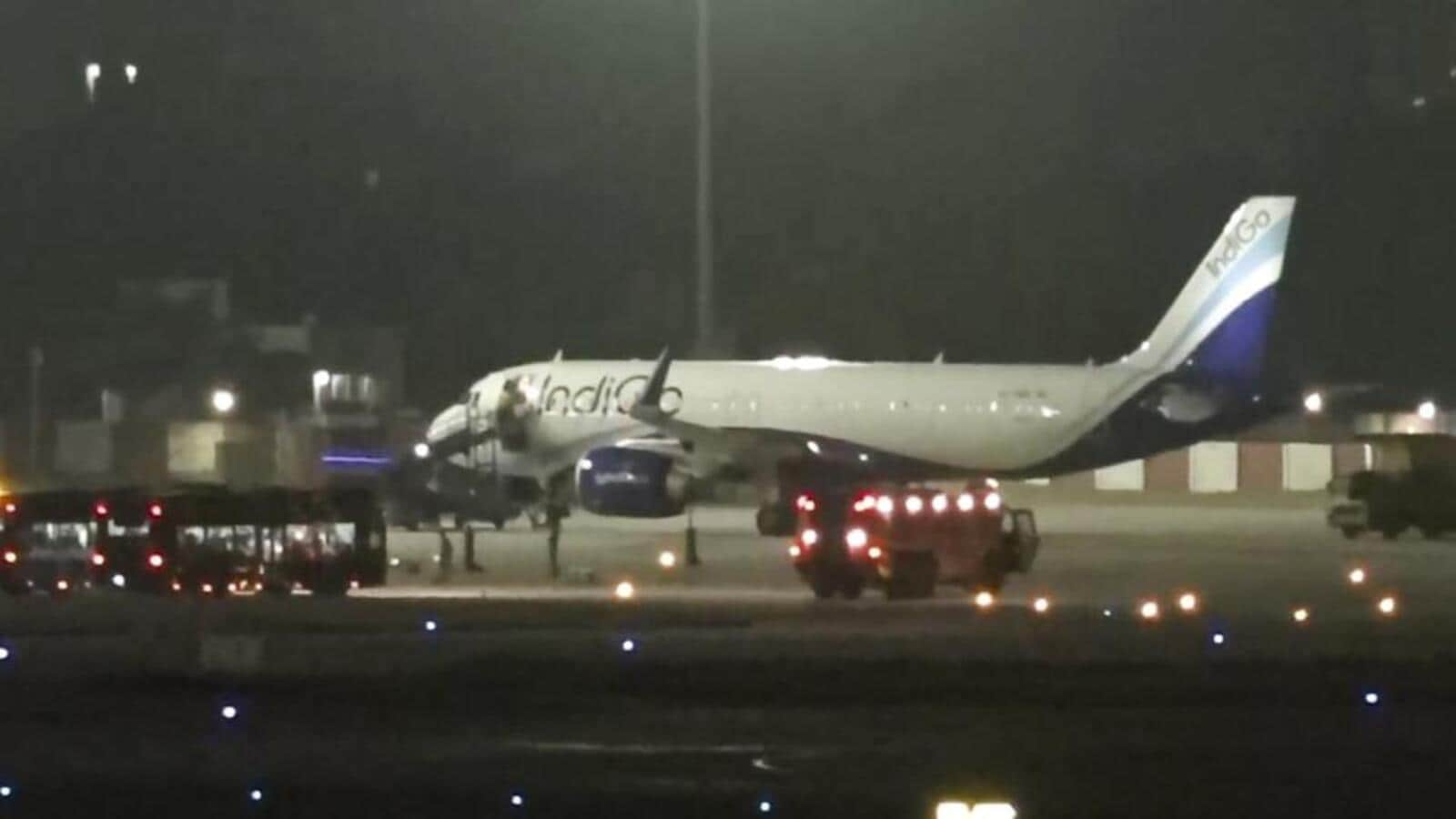The aviation sector continued to be disrupted by hoax threats on Tuesday as at least 49 flights were diverted, delayed, or subjected to searches after posts on social media said they had bombs on board, officials aware of the matter said.

According to the officials, 13 flights each of Air India and IndiGo, 12 of Akasa Air, and 11 of Vistara — flying on both domestic and international routes — received the hoax threats. At least 16 of the affected flights, 14 of them flying international, were scheduled to take off or land from Delhi, prompting authorities to put the Indira Gandhi International (IGI) Airport on high alert.
“We took teams of CISF (Central Industrial Security Force) and local police to check the airport and planes. They were soon declared hoaxes. Similar incidents have happened last week also,” a senior Delhi Police officer said, requesting anonymity. Last week, the IGI Airport police said that they registered multiple cases over separate bomb threats received by the airport in the last month.
Close to 250 flights operated by Indian carriers have now received hoax bomb threats this month. The latest threats came a day after Union civil aviation minister Ram Mohan Naidu said the government planned to classify bomb hoaxes as a “cognisable offence” with longer potential sentences and place perpetrators on a no-fly list as the chaos triggered by the false threats continued unabated.
The dramatic escalation in the spate of hoax alerts has thrown the country’s aviation sector into disarray, increasing the carriers’ logistical burden and expenses. On Tuesday, the bomb threats led to the diversion of at least three Indigo flights — 6E 77 (Bengaluru to Jeddah) to Doha, 6E 65 (Kozhikode to Jeddah) to Riyadh, and 6E 63 (Delhi to Jeddah) to Medina.
The hoaxes have largely gone untracked as they used VPNs to post the threat messages on social media, usually while the flight are mid-air, according to officials. As investigations continue, authorities have reportedly suspended or blocked multiple social media handles linked to the threats. Security agencies have noted common phrases used in these threats, such as “explosive devices” and “this is not a joke,” leading them to probe if they could establish a potential pattern to the hoaxes.
Amid the continued hoax threats, the airlines said they were on alert and regularly coordinating with security agencies. “We confirm that some Air India flights operating on 22 October 2024 were subject to security threats received on social media. Following the laid down protocols, relevant authorities were immediately alerted, and all security procedures strictly adhered to, as per guidance from the regulatory authorities and security agencies,” Air India said in a statement.
According to protocol, an assessment committee comprising airport operators and security agencies such as the Intelligence Bureau is constituted in case of a bomb threat to assess the gravity of the warning and act accordingly. This committee decides if the threat is “specific” (indicating a possible breach of security) or “non-specific (indicating a possible hoax).
According to a CISF official, 15 flights received a bomb threat well after touchdown on Tuesday. “The flights had already landed, and passengers had left the airport premises when the alerts were received. Only in some cases, such as the case of a flight between Pune and Lucknow, the flight had to be taken to the isolation bay,” the official said, requesting anonymity.
Authorities are yet to establish the motive behind the hoax threats, but officials have said that they could be part of a ploy to increase the burden on security agencies. Some of the threats have led to serious outcomes. Last Thursday, an Air India flight from Mumbai to London was intercepted by Royal Air Force fighter jets after receiving a bomb threat. Two days before that, Singapore Armed Forces scrambled two fighter jets to escort an Air India Express plane, which took off from Madurai, away from populated areas following a bomb threat.
On Tuesday, the Nepalese Army rushed its bomb squad to the Kathmandu airport after a Vistara flight from Delhi got a bomb threat.
“Meetings are being held with airline operators and they are told to be on high alert. While the calls are hoaxes, there is high alert and mobilisation of additional resources at all sensitive airports,” the CISF official quoted above added.
On Monday, Union minister Naidu said the government is considering amendments to the Aircraft Security Rules and the Suppression of Unlawful Acts Against Safety of Civil Aviation Act (SUASCA) to address the recent surge in threats.
At present, there are no direct legal provisions to prosecute such cases, but sections of the Bharatiya Nyaya Sanhita, 2023 and the Information Technology Act contain some legal measures that can be utilised. For instance, under Section 353 of BNS, those spreading false information causing public alarm can face up to three years in prison and/or a fine. Section 351 addresses criminal intimidation, with threats of death, grievous injury, or arson punishable by up to seven years in prison, and anonymous threats carry an additional two-year sentence. For hoax calls made through digital channels or interfering with critical infrastructure, Section 66F of the IT Act can be invoked, classifying such acts as cyber terrorism, potentially punishable by life imprisonment.

